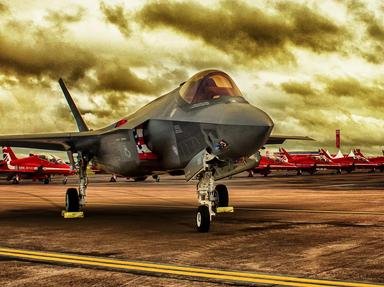Quiz Answer Key and Fun Facts
1. The now defunct Lancashire Fusiliers were one of a number of regiments that took part in a famous action of the Seven Years War near the town of Minden on the 1st of August 1759. To which European country would you travel if you wished to visit Minden?
2. The 4th King's Own Regiment, an antecedent of the Kings' Own Royal Border Regiment, captured an important artefact from King Theodore of Ethiopia at the Battle of Magdala in 1868. What was this percussive object?
3. The words 'Sarah Sands' have a particular significance to the men of the Devonshire and Dorset Regiment, indeed as they did with one of their antecedent regiments, the Dorsetshire Regiment. Who or what was Sarah Sands?
4. The regimental quick march of today's cavalry regiment, the King's Royal Hussars consists, in part, of the march of the now defunct Royal Sussex Regiment, an infantry unit. What is the reason for this?
5. The Prince of Wales' Own Regiment of Yorkshire, now a battalion of the Yorkshire Regiment, possessed a unique battle honour. What made this honour unique?
6. By tradition, what is the only colour of horse employed by the famous Scottish cavalry regiment, The Royal Scots Dragoon Guards?
7. Why was 24416503 Lance Corporal Jenkins, a junior non-commissioned officer serving with the 1st Battalion, The Royal Regiment of Wales during the late 1980s, permanently excused from shaving?
8. Every Tuesday and Thursday since 1813, members of the 9th/12th Royal Lancers (Prince of Wales's), have paraded for a ceremony known within the unit as Regimental Hymns. For what was this ceremony believed to have been awarded for?
9. The 14th/20th Kings Hussars were nicknamed the Emperor's Chambermaids because of an item of silverware that came into their possession during the Napoleonic Wars. What is this item?
10. In 1685 the Queen Consort's Regiment of Dragoons was raised. Over time and passing through a number of name changes and amalgamations, they became a part of the modern Queens Royal Hussars. Which unusual privilege was granted to the regiment at the defeat of the Jacobite Rebellion, a privilege that continues to this day?
Source: Author
SisterSeagull
This quiz was reviewed by FunTrivia editor
stedman before going online.
Any errors found in FunTrivia content are routinely corrected through our feedback system.

